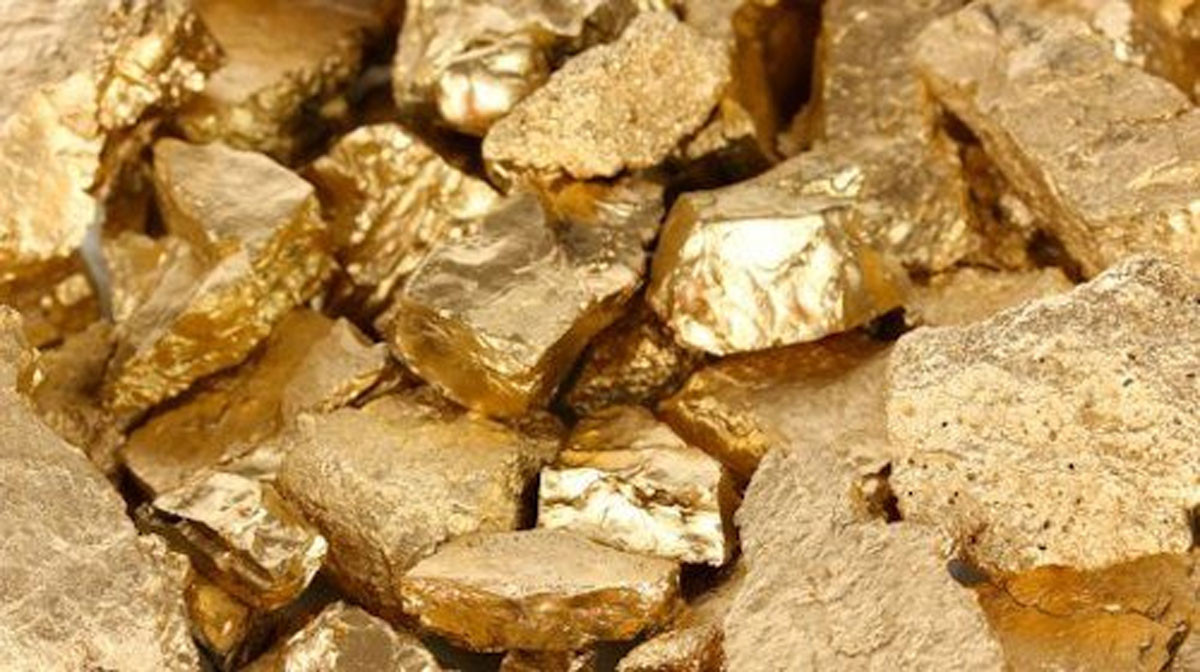
The recently announced Northwest Plan (a comprehensive survey of minerals and the completion of the 1:50,000 geological map for sustainable socioeconomic development) revealed 110 valuable and critical mineral deposits.
Among the metal mines, 40 gold mines have been identified, with estimated reserves of more than 29.8 tons of gold.
Beyond the northwest, gold deposits have been found elsewhere, such as vein-style gold-silver deposits in Xa Khia (Le Thuy, Quang Binh), Rao Moc (Ha Tinh), Lang Neo (Thanh Hoa), Bong Mieu (Quang Nam), and Cam Muon (Nghe An).
Besides gold, rare earth vein deposits under exploration include Dong Pao, Nam Nam Xe, Bac Nam Xe, Muong Hum (Lai Chau), and Yen Phu (Yen Bai). Rare earth in alkaline granitoids was found in Ben Den (Lao Cai), and placer rare earth in Bu Khang (Nghe An).
Speaking to VietNamNet about the exploitation process of the discovered gold mines, a representative from MAE’s Geology and Minerals Department said the process involves several stages.
After a mine’s gold and rare earth resources are assessed and added to the planning framework, exploration will follow, and only if reserves are confirmed, will it proceed to extraction and processing projects.
In addition, five other copper mines have been found with total reserves exceeding 13,000 tons. At a copper mine in Lao Cai, gold deposits have been discovered, with estimated reserves of more than 420 kilograms of gold.
For rare earth, some deposits have been explored, others have only been assessed, and a few have confirmed reserves.
Due to limited domestic processing capacity, rare earth extraction remains minimal. The state strictly controls rare earth mining, prohibiting the export of raw materials.
“Recently, a company sought permission to explore and process rare earth but exported raw materials instead, leading to criminal prosecution,” the representative noted.
Le Quoc Hung, Deputy Head of the Geology and Minerals Department, said under current laws, the exploitation of gold and rare earth mines will proceed via auctions. The exploitation of large-reserve mines needs licensing from MAE, while smaller mines need this from local authorities.
Before exploitation, miners must carry out and report environmental impact assessment and design exploitation plans.
However, geology and mineral experts warn that gold mining in Vietnam raises serious issues like landscape destruction and water pollution, especially from toxic chemical discharges. Untreated waste from gold plants, containing cyanide and mercury, poses a major risk.
Moreover, small-scale operations, outdated technology, and poor legal compliance worsen environmental damage.
Vu Diep